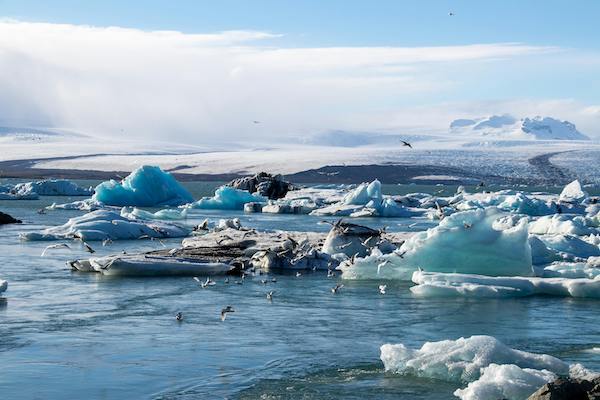Not even Climate Change can speed up the government, I begin with my first Theory of Change, that if I could understand how nature was changing places, I could understand how to protect people.
I believed from the beginning in the success of government actors, especially the United Nations, I heard about the Kyoto Protocol as a way to make social change. The United Nations lived in my mind as a guiding light. After entering government myself, I began to see that this theory of change was not right.

I directed my career to the physical sciences and government, thinking of science as my ally. If I used science, I could prove that the government needed to make changes in response to climate change. Instead, at my first science job I found that the government didn’t run on data. Making money is important to cities, that’s how they pay for city services.
I thought, maybe the problem is which government I work for. I’ll try a place dedicated to science. I went to a public agency that governs the environment. I did find in the new place that there was less competition between science and economic opportunities. The institution implemented the environmental laws passed by the legislature. The work was driven by interpretations of those laws and ran several programs that measure and reduce air, water and land pollution.
When it comes to dealing with climate change, new laws are being passed to create specific solutions, such as reducing vehicle emissions or reducing greenhouse gas emissions from certain businesses. In the long term, I believe that the organization will change to measure and reduce heat trapping air pollutants.
The organization felt like a very diffuse way to make an impact. I play a role to help the machine run. The laws and the programs would one day change. That would mean new programs to the correct problem of climate change. I became dubious that this impact was enough for me.
The institution’s relationship with the general public was poor. The measures of the institution’s effectiveness were not meaningful. Few people understood how things worked. There was little institutional emphasis on accessibility and communication which meant often problems were not understood. Those in power had trouble making time to address the problems. The public didn’t have the years it took to get up to speed on the problems. Very little created any impetus for change. So like watching moss grow, to make change through the government required a long, long time commitment. Multiple careers.
Government is just not nimble enough to respond to climate change. The institutional footprint is not correctly sized for the most painful climate change impacts. I was hurt and frustrated when I learned that even immense shocks could not wake the system from its slumber. After the Paradise wildfires in 2018, I was offered an opportunity to ask the California Department of Resources what they had changed to adapt to the crisis. The woman looked at me and blinked. Then calmly stated not much had changed.
The final test came when the institution that I worked for faced a similar challenge in 2020. Wildfires struck communities all over Oregon. The result was a nutty organizational response where meetings were scheduled back to back every day of the week on the hour. They scheduled meetings and then deleted them, only to reschedule them again. There was no leadership, there was no vision for helping people. My family lost their home in that fire, and advised them against trying to find government resources. They just weren’t there in a capacity that wouldn’t add to the pain.
That brings me to the present. My theory of change. I am not one who can live on a diet of incremental change. I’m passionate, and the problems that interest me are one’s that are urgent. I thought that is why I was working against climate change. I thought it was a crisis. I see loss of life and livelihood now. However, for the government, time is not running out. Government will work at a glacial page, and even glacial melt isn’t going to change that.